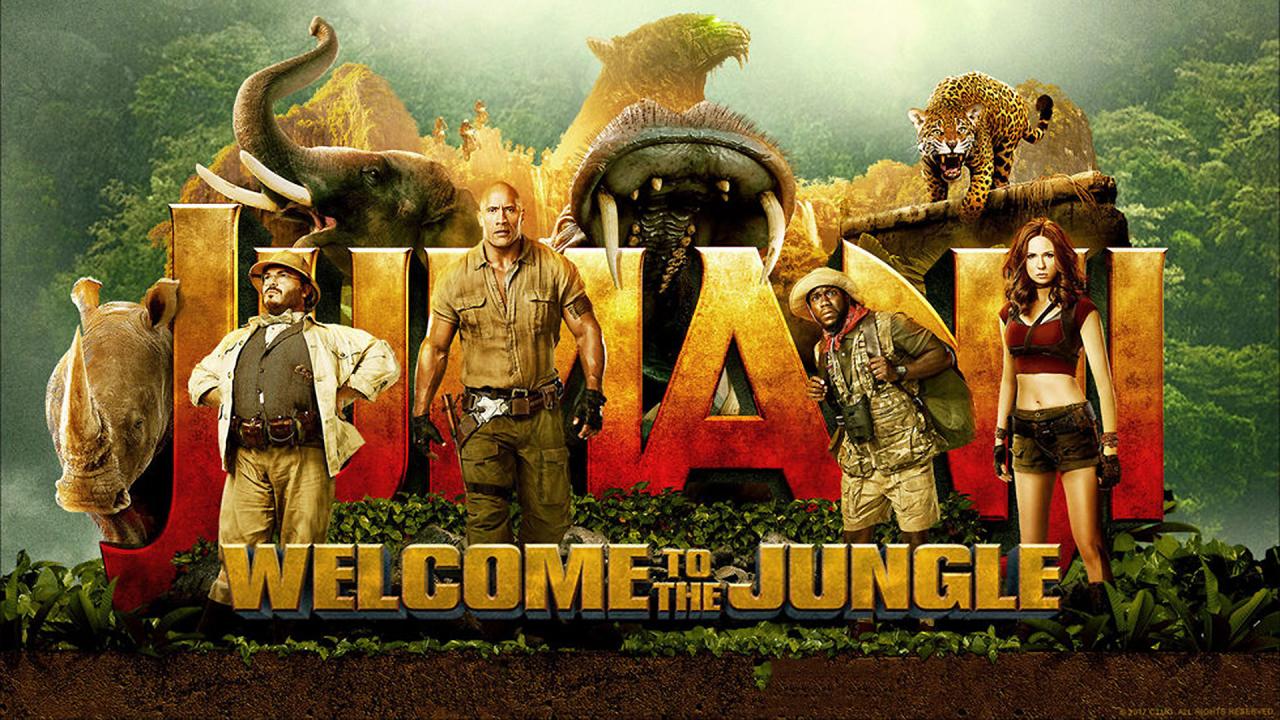Trapped in a tropical jungle with wild animals and no allergy spray; what could possibly go wrong? Oh, and also, you are now in a different body and have to save the world. Have I mentioned the mosquitoes? The unofficial sequel to the 1955 Jumanji, titled Jumanji: Welcome to the Jungle follows four children in their quest to save Jumanji from the evil villain Van Pelt, who has placed a spell on various animals. Twenty-one years after the disappearance of Alex, high-school children Spencer, Bethany, Martha and Fridge find an old adventure videogame of the name Jumanji. They play the game and are sucked into Jumanji. As they land in the world of Jumanji, each character has become their chosen avatar. Their adventure sees them facing various animals in their mission to save Jumanji. While animals such as snakes and jaguars are directly linked to Van Pelt, other animals are created as obstacles to the characters.
The action comedy makes fun of adventure videogames and thereby also portrays animals and humans in heightened and exaggerated ways, taking advantage of tropes associated with many of the animals and characters and utilizing these for plot purposes. This includes associating Van Pelt with various dangerous carnivores, amphibians, rats or vultures. Vultures have been used often in connection to movie villains and are commonly associated with death [1] due to their habit to eat dead carcasses, rather than hunt for prey themselves.
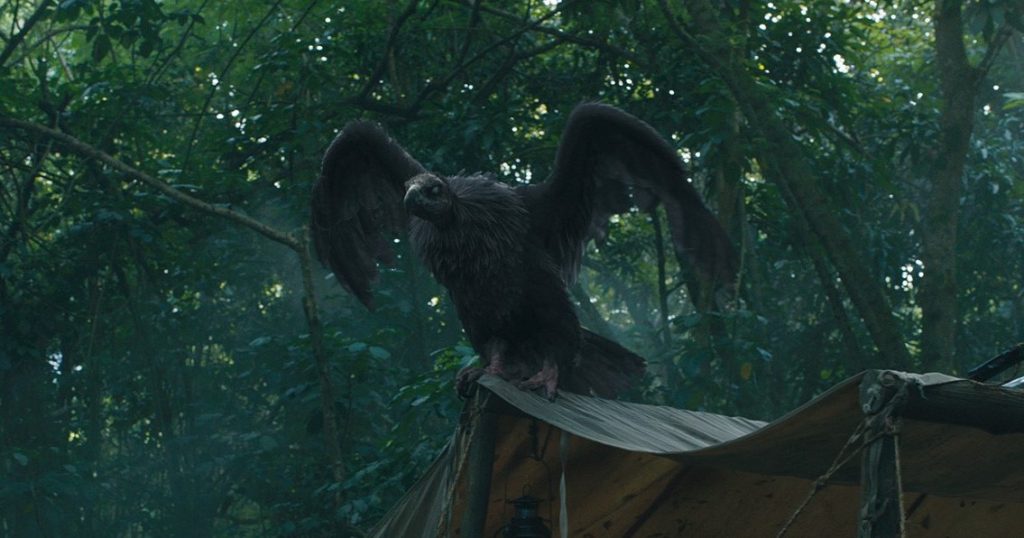
Figure 1: Still of Van Pelt’s vulture in Jumanji (2017) 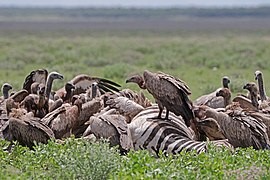
Figure 2: Image of vultures eating a zebra carcass
Almost all the animals in Jumanji represent a threat to the main characters and are either wild animals or are under Van Pelt’s spell. The only animal that seems to ally with the teenagers is an elephant. However, even the elephant was first tamed by Fridge with the help of his avatar’s special ability to connect with animals.
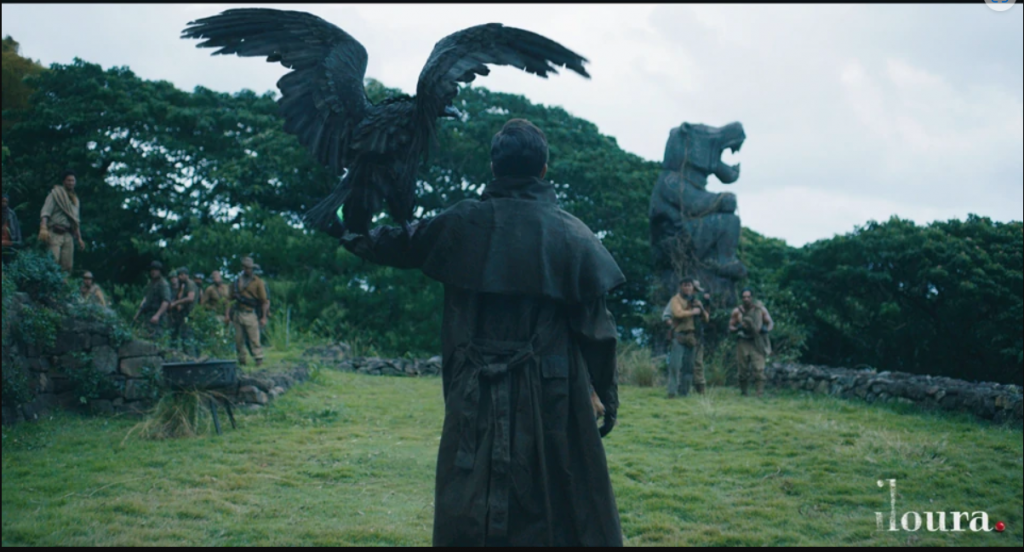
Figure 3: Villian Van Pelt with vulture
In one of the first scenes that take place in the world of Jumanji, Bethany, in her avatar form of the curvy professor “Shelly” Oberon, is eaten by a hippo (Figure 4). As this is the first encounter of the four with any animal in the world of Jumanji, this sets the tone of animals being dangerous. Bethany is standing with her back to the brown, muddy water as the fully-grown, adult hippopotamus slowly appears from beneath the water’s surface, flaring its nostrils and shaking its ears. Its brown colour camouflages it against the muddy water of the river, which emphasises that the hippo is in its habitat and that it is the humans who are invading its territory. While Bethany is unaware of the hippo’s presence, the other characters are paralysed and afraid of the hippo. This can be seen by Martha covering her mouth with her hand and Fridge staring wide-eyed at the creature. The hippo’s slow approach towards Bethany reminds one of a hunter stalking its pray. The hippo then leaps out of the water with a big raw and takes Bethany into its mouth, swallowing her with several large bites accompanied by loud grunting noises. This is contrasted to the other character’s screams as they witness Bethany being eaten. As the hippo disappears again under the water’s surface, Shelly’s hat resurfaces and floats down the brown and now quiet river. This clearly sets the tone of the role of animals throughout the film and the movie’s genre.
Although the animals are portrayed as dangerous and deadly, this is still a comedic film, which uses animal tropes to convey its humour. The background sound of birds chirping signal that the danger is over, at least for the moment. As Bethany reappears, falling from the sky with one life less, the other characters rush to her and ask what happened. Bethany sums up, “I got eaten by a rhino, and then I fell like a thousand feet from the sky.” As Fridge, due to his avatar’s zoologist expertise explains that it was actually a hippo and that they are “omnivorous,” which basically means that they eat everything, meat and plants [2], and that hippos have a very strong jaw, Martha notices rustling in the bush. A very high, single held note, which then gets even higher, signals that the danger is not over yet. The camera cuts between Martha’s face and the moving bushes. As Martha says “Em, guys…”, the camera zooms in on Professor Oberon’s face, and when Bethany turns her face, the camera pans over her head and zooms in on the hippo amidst the green bushes releasing a big, deep roar. The reveal of the hippo is accompanied by the sound of a large gong, which mixes with the high note. As the camera cuts to Spencer, he turns around and starts running. This prompts the non-diegetic music to evoke a hectic chase sequence sound, with short strokes on deeper string instruments and short hectic brass instrument notes. The cue of the brass instruments adds an urgency to the characters’ escape from the hippo and as the camera cuts to the wide mouthed hippo, its roar mixes and fuses with the music. As the camera zooms into the mouth of the hippo, it takes up almost the entire screen and limits the hippo’s existence in that moment solely on its mouth and thereby its lethal danger towards the characters.
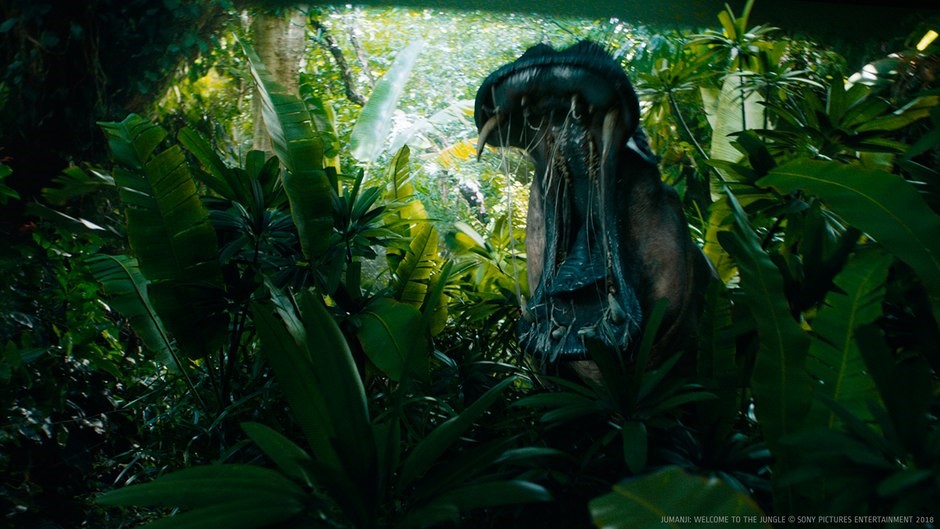
Figure 5: Jumanji‘s hippo roars 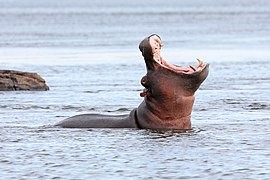
Figure 6: Image of a real hippo
This scene therefore only represents the animal one sided, which will carry through the entire film and will be reflected in each animal that the four protagonists encounter. Since Bethany has been eaten by the hippo already once, and the audience has seen the effect of being eaten, it reminds the viewer of its danger. This danger is then, however, parodied as each of the characters screams exaggeratedly at the camera in a full front position, making it appear as if the characters are standing in line to take a look at the hippo and scream at the site of it. Their flailing arms and high-pitched screams add to the comical effect and thereby also extenuate the danger posed by the hippo. The film reminds the viewer of the its comedy genre, by exaggerating both the hippo’s posed danger and the character’s fright at the sight of the animal [3]. By showing this scene as the first encounter with an animal in the world of Jumanji, the film sets the tone for the character’s relationship with the animals: animals mean danger and death.
A similarly comedic scene happens in the middle of the film, though this time the character Fridge in his avatar form of Franklin “Mouse” Finbar is trampled by rhinos. This scene is interesting for two reasons: one, it allows for an analysis of herd animals, as opposed to the individual animals that have been analysed thus far; and two, it is a key point that visualises that in the world of the game, the animals also seem to have their own agency.
After narrowly escaping a herd of rhinos in their helicopter, the characters are forced to circle back to the rhinos in order to retrieve the jewel that Fridge accidentally dropped while leaning out of the helicopter. In this scene, the rhinos are working together and circling the jewel. The p.o.v. shot from the characters’ perspective in the helicopter shows the animals from a high, wide-angle shot. As Spencer notes, the rhinos appear to be protecting the jewel.
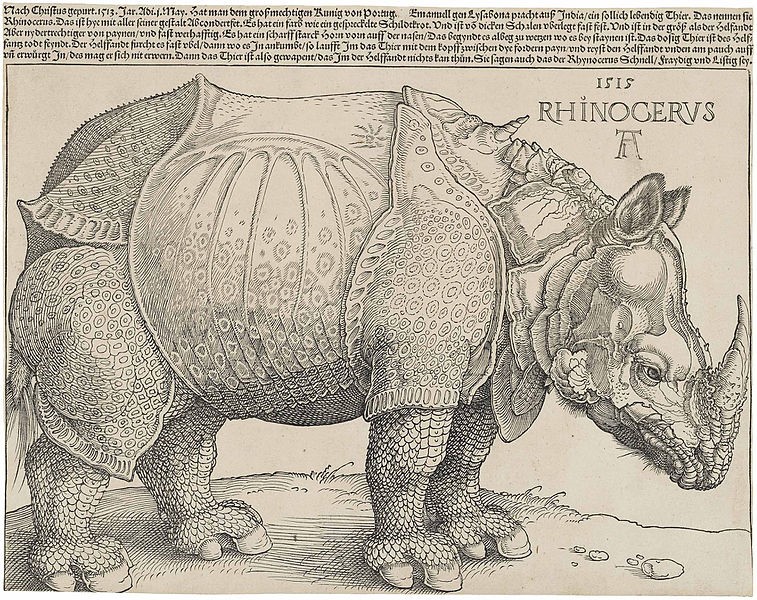
Figure 8: Drawing of a Rhinoceros 1515
When Spencer decides to sacrifice one of Fridge’s in-game lives, Fridge comes face to face with the rhinos. The camera cuts between the circling rhinos and Fridge when one of the rhinos notices him standing just feet away. The multiple close ups of Fridge and the rhino visualise the showdown. As Fridge turns and runs, a frontal shot of Fridge running away and the rhino following him with its gaze is shown. Noticeable is that although the rhinos are in the background of the scene, the lighting highlights the rhinoceros. When Fridge turns ad runs away, the rhinos follow. The frontal shots of the chase focus on Fridge as he runs towards the camera, followed by the herd. The following eye-level side shot shows Fridge running at quite a slow pace and pathetically calling “Help! Help!” As he runs out of frame, the rhinos fill the screen with their fast-paced running, swirling up the ground’s dust. As the camera cuts to a frontal shot of the scene again, we see Fridge being trampled by the rhinos; the herd charging towards the camera. The camera perspectives effectively visualise their force by being at level with Fridge and therefore giving an idea of how Fridge must have felt when he saw the rhinos charging towards him.
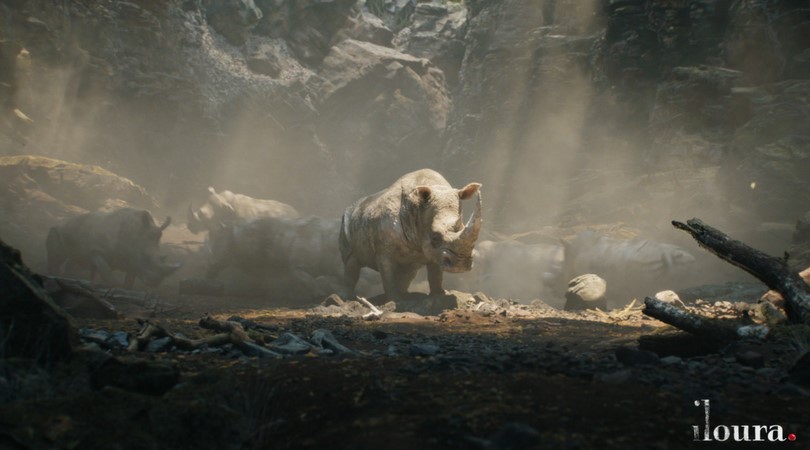
Figure 9: Still of the illuminated Rhino
The herd of rhinos is portrayed as an unstoppable force, not only as an opponent to one human, but also to the characters in the helicopter since they only felt safe enough to hover close to the ground when the rhinos were distracted. And, as was shown in an earlier shot of the sequence, they would also have the power to shake and even destroy the helicopter [4].
One final scene that is especially important in the portrayal of snakes shows Martha as she tries to reclaim the jewel, which has fallen amidst snakes. Her previous encounter with a snake saw her almost bitten by it in the face, and as her avatar’s weakness is venom, they are especially dangerous for her character.
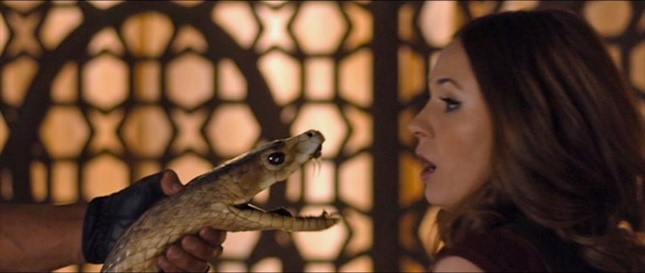
Figure 10: A previous encounter Martha (in her avatar form of Ruby Roundhouse) had with a Black Mamba
As with the vulture, the snakes in this scene are associated with the villain Van Pelt. They mark his area and as such, Martha is trespassing onto their territory. A wide shot of the snakes covering the ground clearly signals that they are occupying the area, and Martha tentatively steps in between them, careful not to trip on any of them. Their proximity and high number present them as a mass, rather than individual beings. Suddenly, however, all the snakes raise their heads simultaneously and as we hear Van Pelt’s voice, it becomes clear that the snakes have reacted to his arrival. A point of view shot from the snakes’ perspective as they rise up, gives the impression that there is no end to them; this emphasises their numerousness.
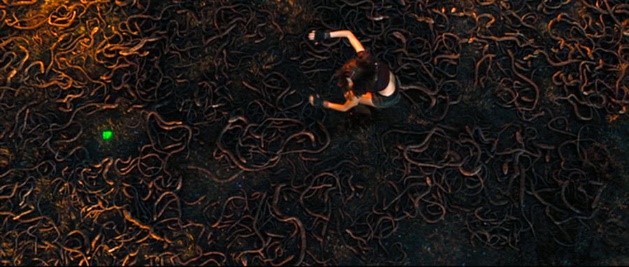
Figure 11: Martha amidst the snakes 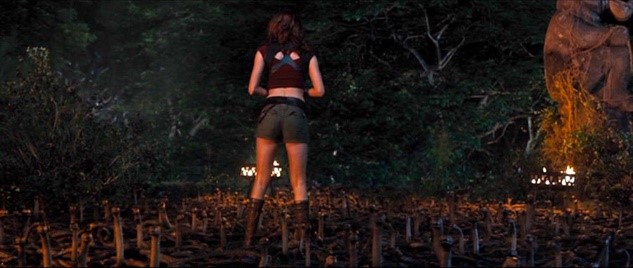
Figure 12: The snakes’ attentiveness as Van Pelt approaches
Their synchronous movements evoke a sense of union between the animals and the villain and seems to imply that the animals act on Van Pelt’s orders. The heightened atmosphere that their simultaneous movement and focus of attention evokes, is emphasised by the lighting of the scene. It is dark in the jungle of Jumanji, and only the red light that comes from the fires illuminate the scene. The green colour of the glowing jewel is contrasted with the reddish lighting that evokes danger. This danger is therefore visually connected to the snakes. As mentioned at the beginning of this article, some of the film’s animals are linked directly to the villain Van Pelt; these include rats, vultures, scorpions and also snakes. It appears that the snakes react to Van Pelt’s presence. The lighting of the scene therefore highlights the presence of the villain and emphasises his territory.
As established throughout this article, almost all the animals in Jumanji are set against and contrasted to the main characters: they are presented as part of the environment and, as such, are obstacles of danger that the characters must overcome. By using common tropes, the film presents familiar imagery, which means the animals are not individuals and can easily be substituted with any other animal of the breed. The portrayal of animals therefore aligns with standard animal imagery [5]. The only human that is closely connected to animals is villain Van Pelt, who is associated with various reptiles and vultures, intensifying and aligning with common presuppositions and associations with these types of animals, which tend to highlight their danger and otherness to humans.
Jumanji seems to utilise familiar tropes connected with animals, portraying their animals in mostly stereotypical ways. Yet, it may be valid to assume that there could be a deeper meaning within these somewhat shallow portrayals. Could it be that one day videogames or films are the only definitions of animals that exist? And, is this how animals will be remembered? Species extinction is a serious issue in our world and while the film does not directly mention this problem, it does evoke these questions.
References
Jumanji: Welcome to the Jungle – Official Trailer, Sony Pictures Entertainment, 2017 <JUMANJI: WELCOME TO THE JUNGLE – Official Trailer (HD) – YouTube> [accessed Jan 18, 2023]
[1] see for example vultures/vulture associations as antagonists/antagonistic forces and outsiders in Spiderman: Homecoming (Dir. Jon Watts), or The Jungle Book (Dir. Wolfgang Reitherman)
[2] Omnivorous, Cambridge Dictionary, <OMNIVOROUS | English meaning – Cambridge Dictionary > [accessed Jan 18, 2023]
[3] for a short video of the hippo eating scene’s cgi animation see: Sony Pictures Entertainment, JUMANJI: WELCOME TO THE JUNGLE – Behind the Scenes Clip – Giant Hippo, 2018, <JUMANJI: WELCOME TO THE JUNGLE – Behind the Scenes Clip – Giant Hippo – YouTube> [Accessed Jan 18, 2023]
Movieclips, Jumanji: Welcome to the Jungle (2017) – Run, Fridge, Run Scene (7/10) I Movieclips, Movieclips, March 22, 2018 <Jumanji: Welcome to the Jungle (2017) – Run, Fridge, Run Scene (7/10) | Movieclips – YouTube> [Accessed Jan 18, 2023]
[4] for full rhino chase scene see: Movieclips, Jumanji: Welcome to the Jungle (2017) – Helicopter Rhino Chase Scene (6/10) | Movieclips, March 22, 2018 < Jumanji: Welcome to the Jungle (2017) – Helicopter Rhino Chase Scene (6/10) | Movieclips – YouTube> [Accessed Jan 19, 2023]
[5] Burt outlines that “standard animal imagery will inevitably be considered palliative (substitutive), empty (spectral) and excessive (mass-produced)” (Burt 2002, 26)
Bibliography
Burt, Jonathan, Animals in Film (London: Reaktion, 2002), pp. 1-85
Frei, Vincent (Interviewer), Melenhorst, Glenn (interviewed), JUMANJI – WELCOME TO THE JUNGLE: Glenn Melenhorst – VFX Supervisor – Iloura, <JUMANJI – WELCOME TO THE JUNGLE: Glenn Melenhorst – VFX Supervisor – Iloura – The Art of VFX> [Accessed January 17, 2023]
Helmenstine, Anne Marie, (2019), ‘Black Mamba Snake Facts: Separating Myth From Reality’ ThoughtCo, <Black Mamba Snake Facts: Separating Myth From Reality (thoughtco.com)> [Accessed Jan 17, 2023]
Kasdan, Jake, dir., Jumanji: Welcome to the Jungle (Sony Pictures Releasing 2017)
Kiff, L, (2022, September 14), vulture, Encyclopedia Britannica, <https://www.britannica.com/animal/vulture > [accessed Jan 18, 2023]
Kuhn, Annette and Guy Westwell, A Dictionary of Film Studies (Oxford: OUP, 2020)
McLean, Thomas J, (2018), ‘Rodeo FX Brings Creatures to Life in ‘Jumanji: Welcome to the Jungle,’’ Animal World Network, <Rodeo FX Brings Creatures to Life in ‘Jumanji: Welcome to the Jungle’ | Animation World Network (awn.com) > [accessed Jan 17, 2023]
Omnivorous, Cambridge Dictionary, <OMNIVOROUS | English meaning – Cambridge Dictionary > [accessed Jan 18, 2023]
Spiderman: Homecoming, (2017), Dir. Jon Watts, Sony Pictures Releasing
The Jungle Book, (1967), Dir. Wolfgang Reitherman, Walt Disney Productions
Image 1: Promotional poster for Jumanji: Welcome to the Jungle 2017 <https://content.numetro.co.za/image_resized_files/4048-2-1-10-1559208782.jpg> [accessed Jan 15, 2023]
Image 2: Jumanji: Welcome to the Jungle – Official Trailer, Sony Pictures Entertainment, 2017 <JUMANJI: WELCOME TO THE JUNGLE – Official Trailer (HD) – YouTube> [accessed Jan 18, 2023]
Figure 1: Iloura VFX Animation < JUMANJI – WELCOME TO THE JUNGLE: Glenn Melenhorst – VFX Supervisor – Iloura – The Art of VFX> [Accessed Jan 17, 2023]
Figure 2: Charles J. Sharp, White-backed vultures (Gyps africanus) on zebra carcass.jpg, digital photograph, Wikimedia Commons, March 7, 2018 < File:White-backed vultures (Gyps africanus) on zebra carcass.jpg – Wikimedia Commons > [accessed January 18, 2023]
Figure 3: Iloura VFX Animation < JUMANJI – WELCOME TO THE JUNGLE: Glenn Melenhorst – VFX Supervisor – Iloura – The Art of VFX> [Accessed Jan 17, 2023]
Figure 4: ALVARO GOMEZ, Hippo Eats Bethany Scene Jumanji Welcome to the Jungle 2017 Movie Clip HD 4K, [Video], youtube.com <Hippo Eats Bethany Scene Jumanji Welcome to the Jungle 2017 Movie Clip HD 4K – YouTube > [Accessed January 18, 2023]
Figure 5: Sony Pictures Entertainment, Jumanji: Welcome to the Jungle, 2017, still image, <Rodeo FX Brings Creatures to Life in ‘Jumanji: Welcome to the Jungle’ | Animation World Network (awn.com) > [accessed January 18, 2023]
Figure 6: Bernard Gagnon, Hippopotamus in the Zambezi.jpg, digital photograph, Wikimedia Commons, November 19, 2017 < File:Hippopotamus in the Zambezi.jpg – Wikimedia Commons > [accessed January 19, 2023]
Figure 7: Movieclips, Jumanji: Welcome to the Jungle (2017) – Run, Fridge, Run Scene (7/10) | Movieclips, [Video], youtube.com <Jumanji: Welcome to the Jungle (2017) – Run, Fridge, Run Scene (7/10) | Movieclips – YouTube > [accessed January 18, 2023]
Figure 8: Print, The Rhinoceros; Albrecht Dürer (German, 1471–1528); Germany; woodcut on laid paper ; 24 x 30.4 cm (9 7/16 x 11 15/16 in. ); Gift of Leo Wallerstein; 1950-5-24 < File:Print, The Rhinoceros, 1515 (CH 18384759-2).jpg – Wikimedia Commons > [accessed January 18, 2023]
Figure 9: Iloura VFX Animation <JUMANJI – WELCOME TO THE JUNGLE: Glenn Melenhorst – VFX Supervisor – Iloura – The Art of VFX> [Accessed Jan 17, 2023]
Figure 10: <Jumanji: Welcome to the Jungle (2017) (californiaherps.com)> [accessed January 18, 2023]
Figure 11: <Jumanji: Welcome to the Jungle (2017) (californiaherps.com)> [accessed January 18, 2023]
Figure 12: <Jumanji: Welcome to the Jungle (2017) (californiaherps.com)> [accessed January 18, 2023]
Further Reading
Visual effects in Jumanji:
Frei, Vincent (Interviewer), Melenhorst, Glenn (interviewed), JUMANJI – WELCOME TO THE JUNGLE: Glenn Melenhorst – VFX Supervisor – Iloura, <JUMANJI – WELCOME TO THE JUNGLE: Glenn Melenhorst – VFX Supervisor – Iloura – The Art of VFX> [Accessed January 17, 2023]
Sony Pictures Entertainment, 2018, JUMANJI: WELCOME TO THE JUNGLE – Behind the Scenes Clip – Giant Hippo, <JUMANJI: WELCOME TO THE JUNGLE – Behind the Scenes Clip – Giant Hippo – YouTube> [Accessed Jan 18, 2023]
McLean, Thomas J, 2018, ‘Rodeo FX Brings Creatures to Life in ‘Jumanji: Welcome to the Jungle,’’ Animal World Network <Rodeo FX Brings Creatures to Life in ‘Jumanji: Welcome to the Jungle’ | Animation World Network (awn.com) > [accessed Jan 17, 2023]
n.a., 2018, MPC Levels Up ‘Jumanji: Welcome to the Jungle’ with CG Animal & Environments,’ Animation Magazine, < MPC Levels Up ‘Jumanji: Welcome to the Jungle’ with CG Animals & Environments (animationmagazine.net) > [accessed Jan 19, 2023]
On animals:
Fudge, Erica, (2009), Animal, London: Reaction Books
Wells, Paul, (2008), The Animated Bestiary: Animals, Cartoons, and Culture, New Brunswick, New Jersey, London: Rutgers University Press
